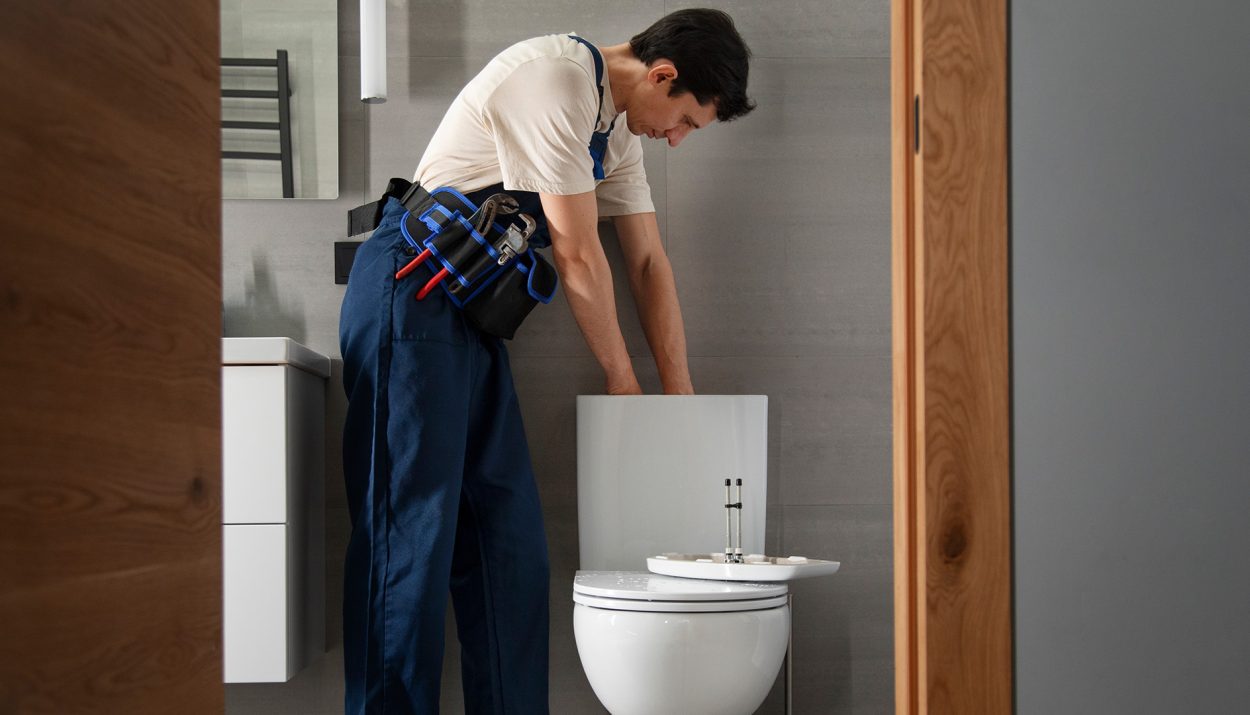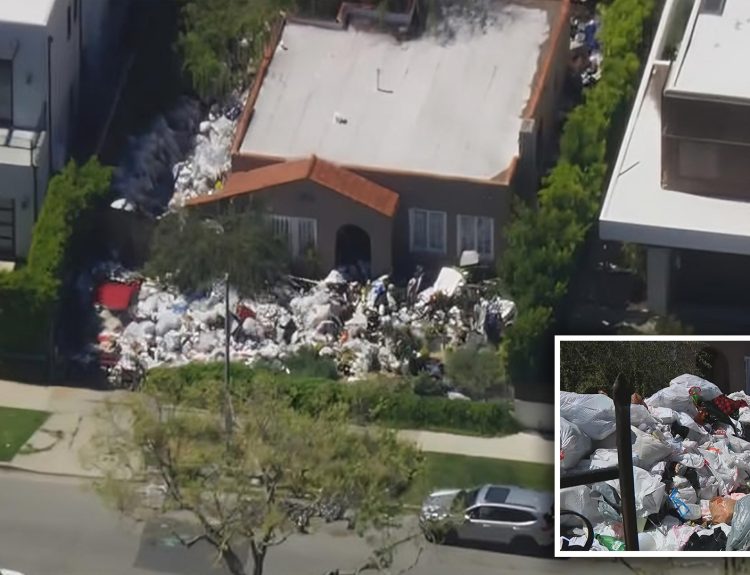There are few things more inconvenient than a clogged toilet when a plunger is unavailable. Without the ability to plunge, the water in the toilet bowl will continue to rise, threatening to overflow onto the floor. Thankfully, there are several alternative methods to unclog a toilet without a plunger.
Add Hot Water
Adding hot water to an unclogged toilet is an effective method for dislodging debris and restoring function. The increased temperature causes expansion of any stuck materials within the pipes, weakening their hold. The additional volume of liquid also increases pressure, helping to push the clog further down the drainage system.

To employ this technique, one should boil several pots of water. Once boiled, carefully pour the water into the toilet bowl from a moderate height to generate pressure. The force of the water flow should help dislodge the clog. If the boiling water does not immediately clear the obstruction, letting it soak in for 15-30 minutes can help loosen the clog before attempting to flush again.
Baking Soda Mixture
A simple yet effective method for unclogging a toilet without a plunger is using a baking soda and vinegar solution. Baking soda, also known as sodium bicarbonate, is a natural cleaning agent and deodorizer found in most households. When combined with vinegar, an acid, it creates a chemical reaction that produces carbon dioxide gas. The gas expands and pushes through clogs, breaking them up so they can move down the drain.
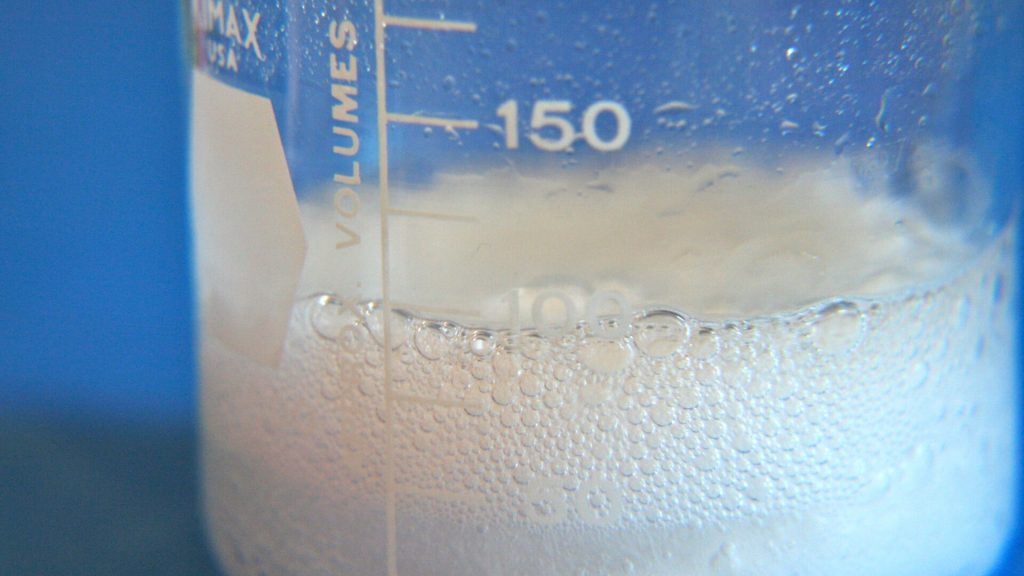
To use this method, pour about one cup of baking soda into the clogged toilet bowl. Next, pour in two cups of vinegar. The two substances will immediately begin to fizz and bubble as they react with each other. Let the solution sit for at least 30 minutes, so it has time to work through the clog.
Bleach Clog Removal
Bleach can be an effective method for unclogging a toilet without a plunger. The bleach works to break up the clog by dissolving the organic materials, causing the blockage. However, bleach is a harsh chemical, and proper precautions should be taken when using it.
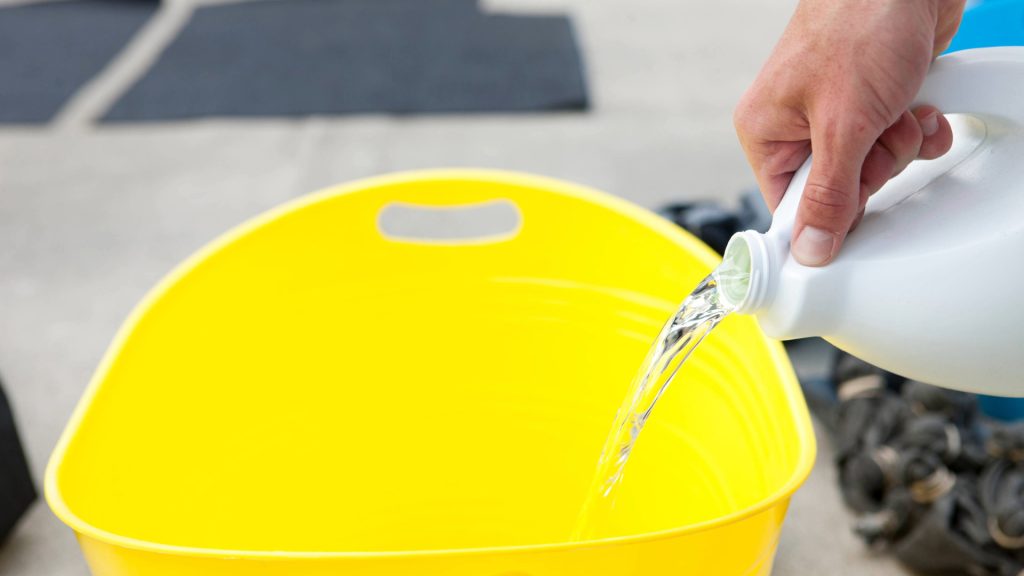
The toilet bowl itself should be resistant to damage from the bleach, but any nearby towels, rugs, or clothing could be at risk of discoloration or corrosion. Opening a window for ventilation and avoiding mixing bleach with other chemicals is recommended.
Chemical Drain Cleaner
Chemical drain cleaners contain caustic chemicals like lye or sodium hydroxide to break up clogs. While effective, these harsh chemicals can damage pipes, septic tanks, and the environment. They should only be used as a last resort.

If a chemical drain cleaner must be used, choose a product specifically intended for unclogging toilets. Follow the directions carefully and avoid splashing the product on the skin or in the eyes, as it can cause burns. Wear rubber gloves and eye protection.
Dish Soap
Dish soap is a common item found in most households that can be used to unclog a toilet in the absence of a plunger. The slippery and lubricating properties of dish soap help loosen the clog by allowing it to slide down the pipe more easily.
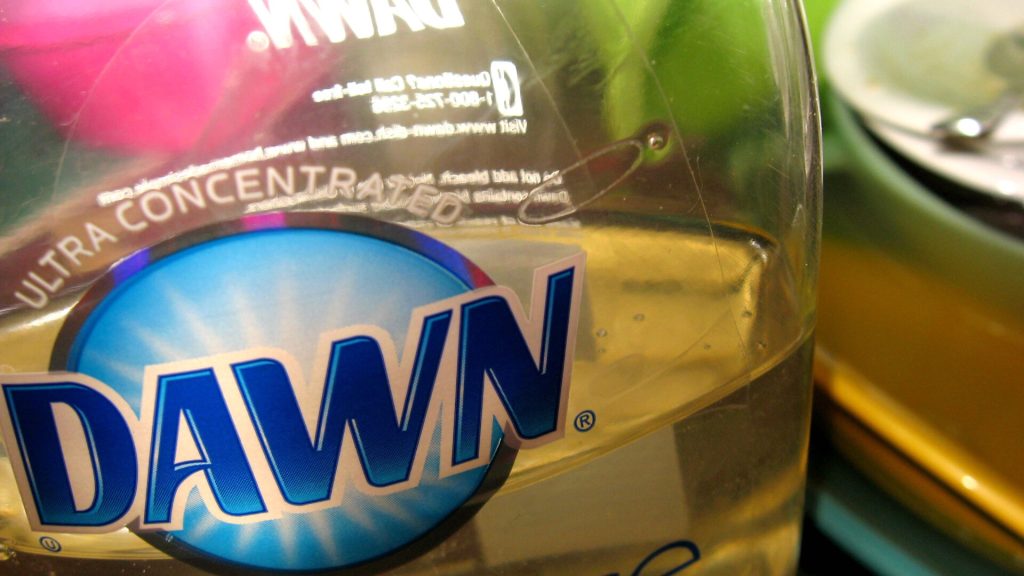
After adding the soap, let it sit for at least 30 minutes, so it has time to work into the clog and loosen the debris. The longer it sits, the more effective it will be. Once time has passed, pour a few gallons of hot water from about waist level into the toilet bowl to help push the loosened clog through.
DIY Wire Hanger Drain Snake
To create a DIY wire hanger, drain snake, unwind a wire coat hanger until the wire is straight. Bend about six inches of one end of the wire at a 90-degree angle to form a handle. Feed the unbent end of the wire into the drain opening of the toilet. Gently work the wire into the clog, twisting and pushing slowly. Be very careful not to scratch the toilet.
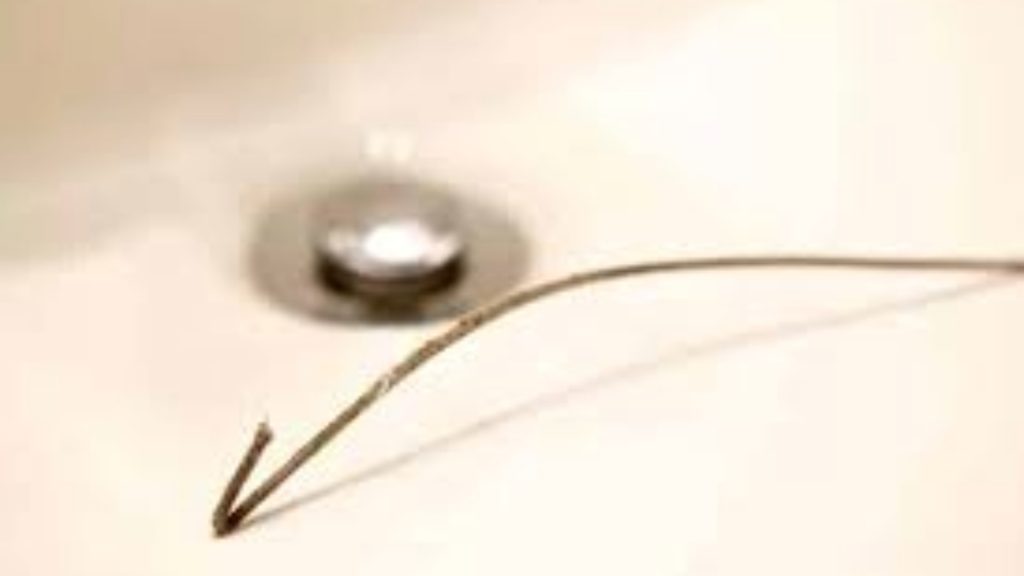
Once you feel resistance from the clog, rotate and push the wire to loosen the debris. Slowly pull the wire out to extract the clog from the drain pipe. Repeat this process, running the wire further into the pipe with each pass until you break up and extract the clog.
Squirt Gun Toilet Drainer
To unclog a toilet without a plunger, a squirt gun can be used to create pressure and dislodge the blockage. A squirt gun, or small water pistol, can be partially filled with warm water and inserted into the drain at the base of the toilet bowl.
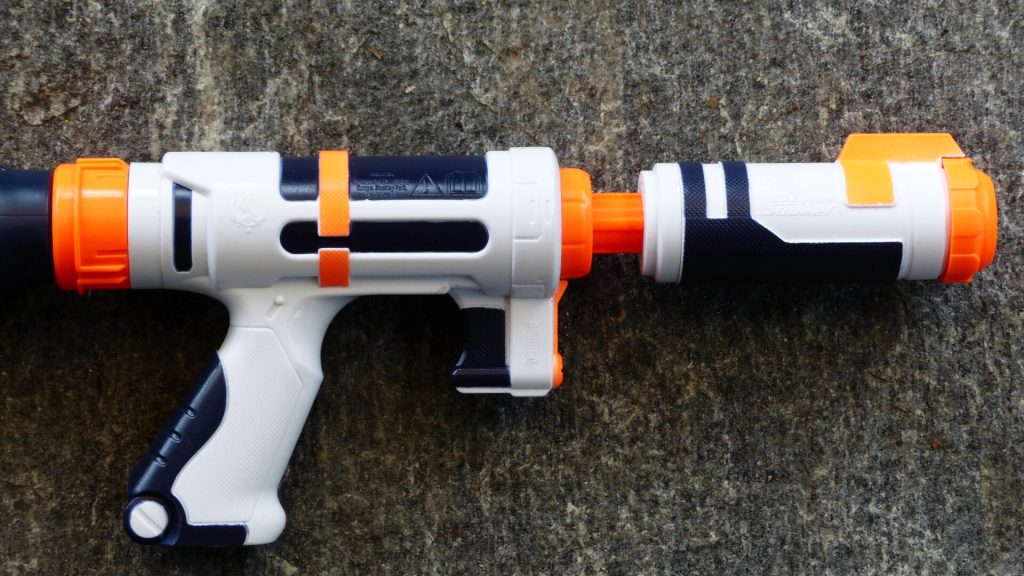
To prepare for using a squirt gun, remove as much standing water from the toilet bowl as possible by repeatedly scooping and dumping water into a bucket. Next, fill the squirt gun with warm water and place your finger over the opening to create pressure as you insert it into the toilet drain. Release your finger from the opening and squeeze the trigger to shoot water into the pipe.
The Bath Bomb Method
One innovative method for unclogging a toilet without a plunger utilizes bath bombs, the fizzy balls commonly used to add fragrance and color to bathwater. Most bath bombs contain Epsom salt, baking soda, and citric acid, which react when submerged in water to produce the fizzing effect.

As long as the bath bomb lacks non-soluble add-ins like glitter or confetti, it should be safe for unclogging a toilet. To employ this technique, drop the bath bomb into the toilet bowl along with a few cups of hot water. Allow the chemicals in the bath bomb one to two hours to react and work on dissolving the clog.
Toilet Brush Method
One common method for unclogging a toilet without a plunger involves using a standard toilet brush. The toilet brush can be inserted into the drain hole to attempt to dislodge the clog, which only works if the clog is close to the opening.
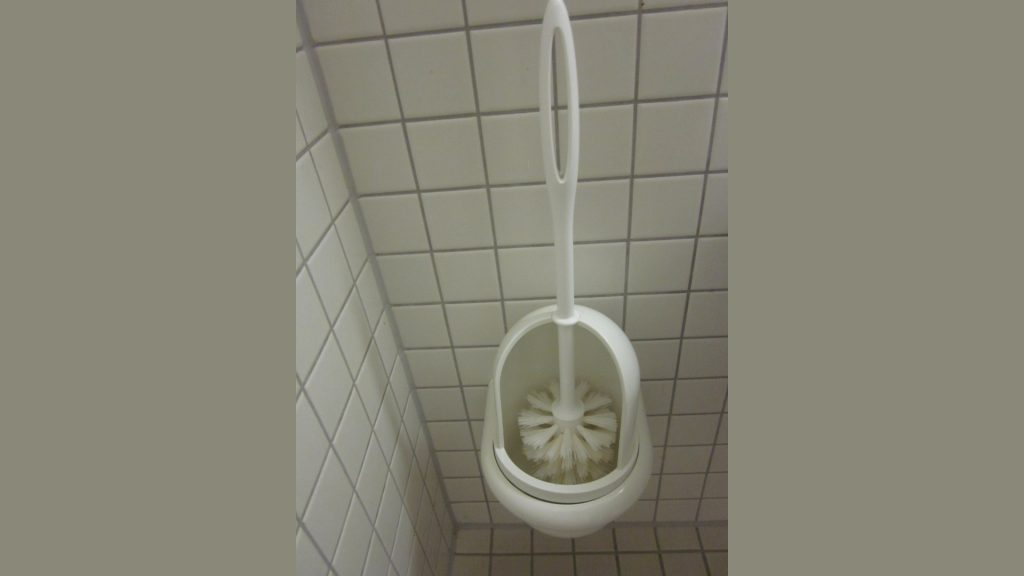
To provide additional force, the brush head can be placed inside a plastic bag and securely tied to the handle before inserting it into the drain. The bag helps push water through the pipe. However, the brush may become damaged or dirty using this technique.
Use a Plastic Bottle to Create Water Pressure
One ingenious method for unclogging a toilet without a plunger involves using an empty plastic bottle to create water pressure. This technique works on the same principle as many commercial plungers by abruptly increasing water flow to dislodge clogs.
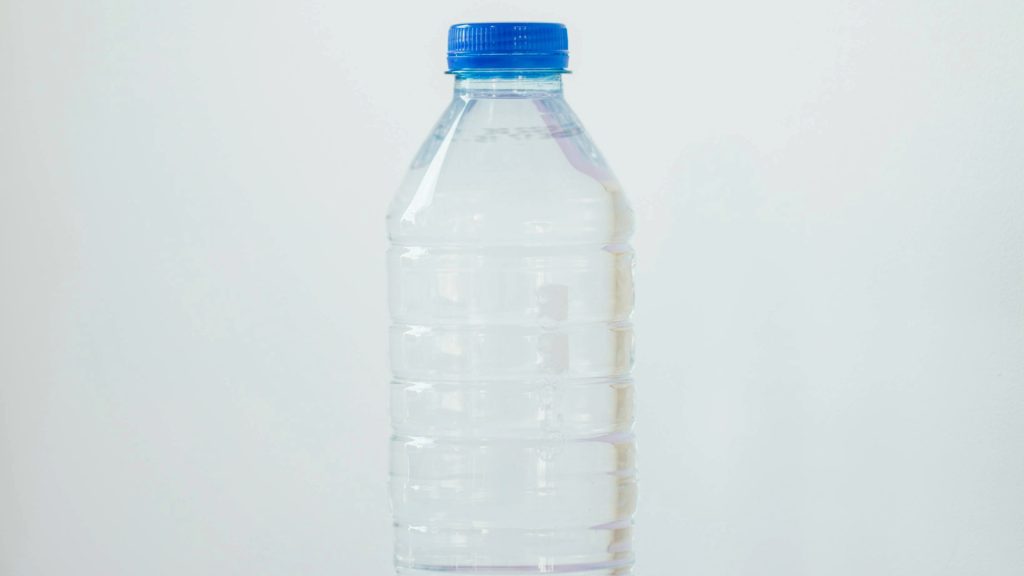
The narrow neck of the plastic bottle is able to form an adequate seal over the drain opening to build up pressure. When released, the pressurized stream of water flows strongly down the pipe. The warmth of the water may also help loosen the clog.

